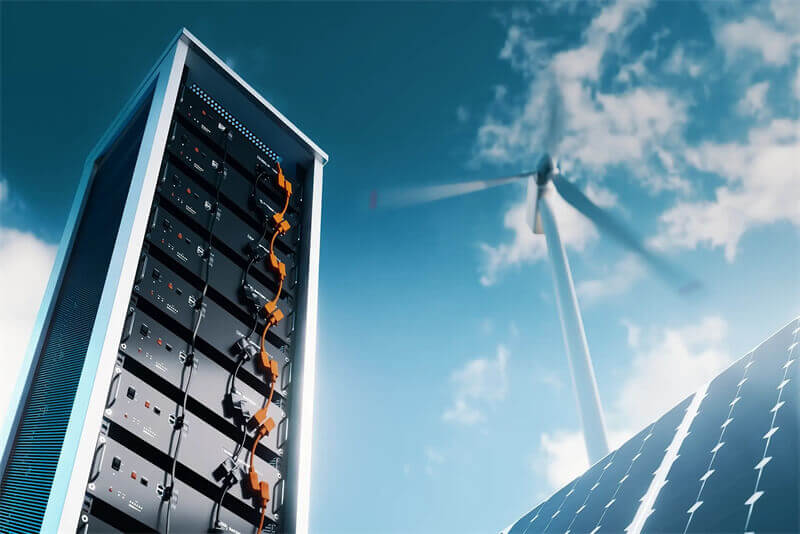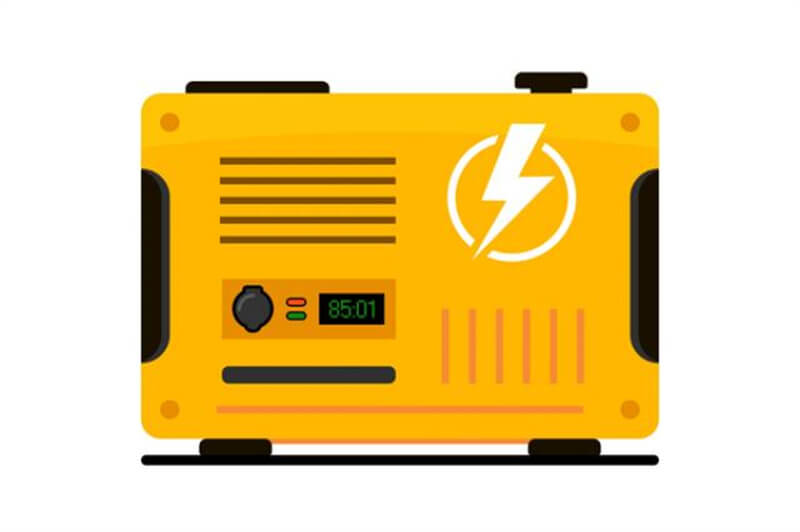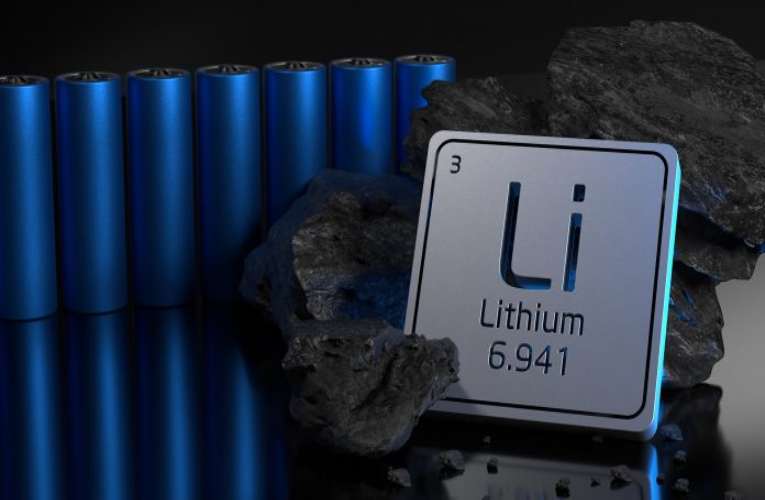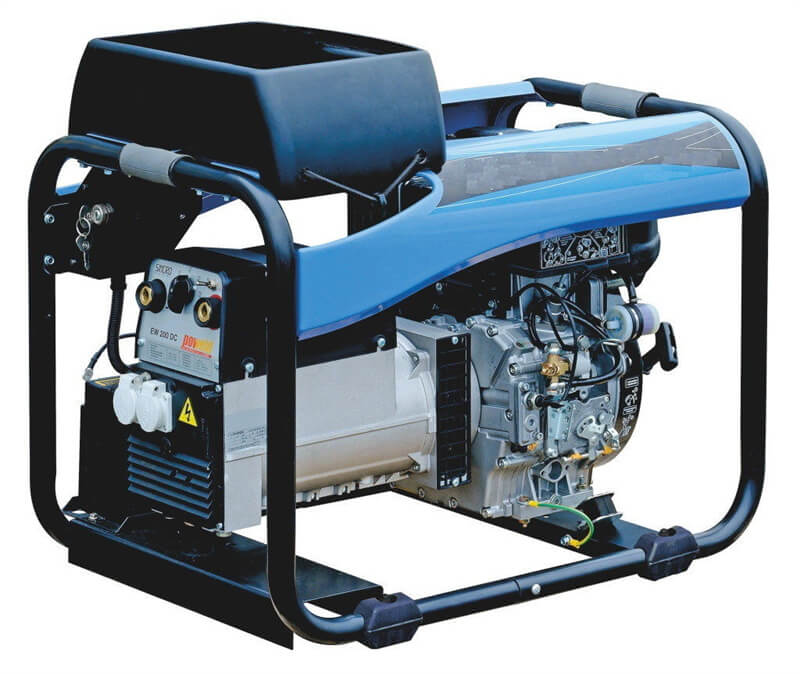Lithium Battery Power Stations Vs. Traditional Generators: A Comprehensive Comparison
The world of power solutions has seen advancements in recent years leading to a closer examination of the differences between lithium battery power stations and traditional generators. As the demand for dependable power sources continues to grow it becomes crucial to understand the strengths and weaknesses of these technologies.
Lithium Battery Power Stations
Revolutionary Lithium Battery Technology
Lithium battery power stations utilize state of the art technology offering advantages such as construction, compact design and an impressive lifespan. Additionally their friendly nature makes them an attractive choice for those seeking energy solutions.
Features of Lithium Battery Power Stations
l Portability and User Friendliness; Lithium battery power stations are renowned for their portability making them perfect for on the go power requirements. They boast user interfaces that cater to a range of users.
l Multiple Charging Options; These stations can be charged using various methods like solar energy AC sources or DC sources. This flexibility enhances their usefulness across environments and situations.
l Applications; Lithium battery power stations find applications, in camping trips events and serve as reliable backup power sources during emergencies.

Traditional Generators
Traditional Generator Technology
Power generators that run on gasoline, diesel or propane have always been the go to option for power. These machines come in sizes and weights. The choice of fuel impacts their performance.
Characteristics of Conventional Generators
l Power Output and Capacity; Conventional generators are known for their power output and capacity making them suitable for high demand situations.
l Fuel Efficiency and Runtime; Generators are designed to be fuel efficient with runtime making them reliable for long term use. This is especially helpful in scenarios where a constant and substantial amount of power is needed.
l Noise Levels; While some generators can be noisy advancements in technology have led to quieter models addressing one of the drawbacks associated with generators.
Performance Comparison
When assessing the performance of lithium battery power stations versus generators it's important to consider factors before making an informed decision.
Power. Efficiency;
Lithium Battery Power Stations;
l Output; Lithium battery power stations provide an consistent power output throughout their discharge cycle ensuring a reliable energy flow.
l Inverter Technology; Many lithium battery stations incorporate technology that guarantees an clean power output suitable, for delicate electronics.
l Voltage Regulation; These power stations often incorporate mechanisms to regulate voltage preventing any fluctuations that could potentially harm the devices connected to them.
Traditional Generators;
l High Power Output; Traditional generators are renowned, for their ability to generate levels of power making them suitable for demanding applications and situations that require an energy supply.
l Efficiency Fluctuations; While generators can provide power output their efficiency might vary depending on the load. Some generators may experience reduced efficiency when operating at loads.

Portability and Convenience:
Lithium Battery Power Stations;
l Lightweight Design; Lithium battery power stations are typically designed to be lightweight and compact enhancing their portability and ease of transportation.
l All in One Units; These power stations often integrate all the components, including the battery, inverter and charging mechanism. This integration simplifies their use and setup process.
Traditional Generators;
l Size and Weight Variability; Traditional generators come in sizes and weights with models requiring more effort for transportation.
l Separate Components; Generators may consist of components such as an engine, alternator and fuel tank. As a result they require a setup and maintenance process.
Environmental Impact;
Lithium Battery Power Stations;
l Minimal Emissions; Lithium battery power stations produce no emissions during operation. This characteristic contributes to an more environmentally friendly solution, for powering devices.
l Materials; The manufacturing process of lithium batteries is evolving to incorporate environmentally friendly materials, which helps in reducing their impact, on the environment.
Traditional Generators;
l Emission Considerations; Depending on the type of fuel used (gasoline, diesel, propane) traditional generators emit levels of pollutants that contribute to air pollution.
l Fuel Consumption; Generators consume fuel while in operation. The choice of fuel can affect their environmental footprint.
Maintenance Requirements;
Lithium Battery Power Stations;
l Low Maintenance; Lithium battery power stations generally require maintenance compared to generators. They don't need fuel filters, oil changes or spark plug replacements.
Traditional Generators;
l Servicing; Traditional generators may need servicing, including oil changes, filter replacements and spark plug checks.
l Fuel Management; Managing fuel levels and stabilizers becomes important, for maintaining generator functionality during periods of infrequent use.
Cost Considerations;
Lithium Battery Power Stations;
l Initial Investment; Although the initial cost of lithium battery power stations might be higher they often result in long term savings through reduced maintenance and operational costs.

Generators;
l Operational Costs; While traditional generators may have a lower upfront cost it's important to consider factors such, as fuel expenses and maintenance over time which can lead to higher operational costs.
l When evaluating these performance factors users should take into account their needs, intended applications and the long term cost implications associated with each power solution.
Applications and Use Cases
Scenarios for Lithium Battery Power Stations;
l Camping and Outdoor Activities; The portable characteristics of lithium battery power stations make them well suited for camping trips and outdoor enthusiasts.
l Emergency Backup Power; The reliability and user friendly nature of lithium battery power stations make them options for providing backup power during outages.
Scenarios for Traditional Generators;
l Construction Sites; generators, known for their power output and durability are particularly suitable for construction sites where consistent and robust power is essential.
l Large Events and Gatherings; In situations that require a supply of high level power over extended periods of time traditional generators can be incredibly valuable.
Case Studies
Examining real world case studies offers insights into the applications and performance of both lithium battery power stations and traditional generators, in various settings.
Lithium Battery Power Stations:
1. Remote Off-Grid Living:
l Case Study: In a remote off-grid living scenario, a family utilized a lithium battery power station powered by solar panels. The lightweight and portable nature of the station allowed them to store and use energy during cloudy days, ensuring a continuous power supply for essential appliances and devices.
l Key Takeaways: Lithium battery power stations can provide sustainable and reliable off-grid power, offering a clean energy solution for those living in remote areas.
2. Emergency Backup during Natural Disasters:
l Case Study: In a region prone to hurricanes, a community implemented lithium battery power stations as emergency backup systems. The stations automatically kicked in during power outages, providing a seamless transition to backup power for critical infrastructure, including medical facilities and communication centers.
l Key Takeaways: Lithium battery power stations offer quick and automatic response during emergencies, ensuring essential services remain operational.
Traditional Generators:
1. Construction Site Power Supply:
l Case Study: A large construction site relied on traditional generators to power heavy machinery, tools, and on-site facilities. The high power output and durability of the generators supported continuous construction activities, showcasing their suitability for demanding industrial applications.
l Key Takeaways: Traditional generators excel in scenarios where a consistent and high level of power is required for extended periods.

2. Event Management and Outdoor Concerts:
l Case Study: During outdoor concerts and events, traditional generators were employed to meet the power demands of stage equipment, lighting, and sound systems. The generators' robust power output and the ability to handle heavy loads ensured uninterrupted performances.
l Key Takeaways: Traditional generators prove valuable in situations where large-scale events require sustained, high-power output.
Comparative Case Study:
Hybrid Power Solution for a Remote Research Station:
l Case Study: A remote research station implemented a hybrid power solution, combining lithium battery power stations with a traditional backup generator. The lithium batteries handled the day-to-day power needs with solar charging, while the generator served as a backup during extended periods of inclement weather.
l Key Takeaways: Integrating both lithium battery power stations and traditional generators can provide a comprehensive and reliable power solution, leveraging the strengths of each technology.
These case studies underscore the versatility and effectiveness of both lithium battery power stations and traditional generators in meeting specific energy requirements. The choice between the two depends on the unique demands of the application, highlighting the importance of a tailored approach to portable power solutions.
Future Trends
As technology advances, both lithium battery power stations and traditional generators are likely to undergo further innovation. Keeping an eye on market trends and consumer preferences will be crucial in predicting the future of portable power solutions.
Conclusion
In conclusion, choosing between lithium battery power stations and traditional generators requires a thoughtful consideration of specific needs and scenarios. As technology evolves, the gap between these two power solutions may continue to narrow, offering consumers an increasingly diverse range of options for their portable power needs.


